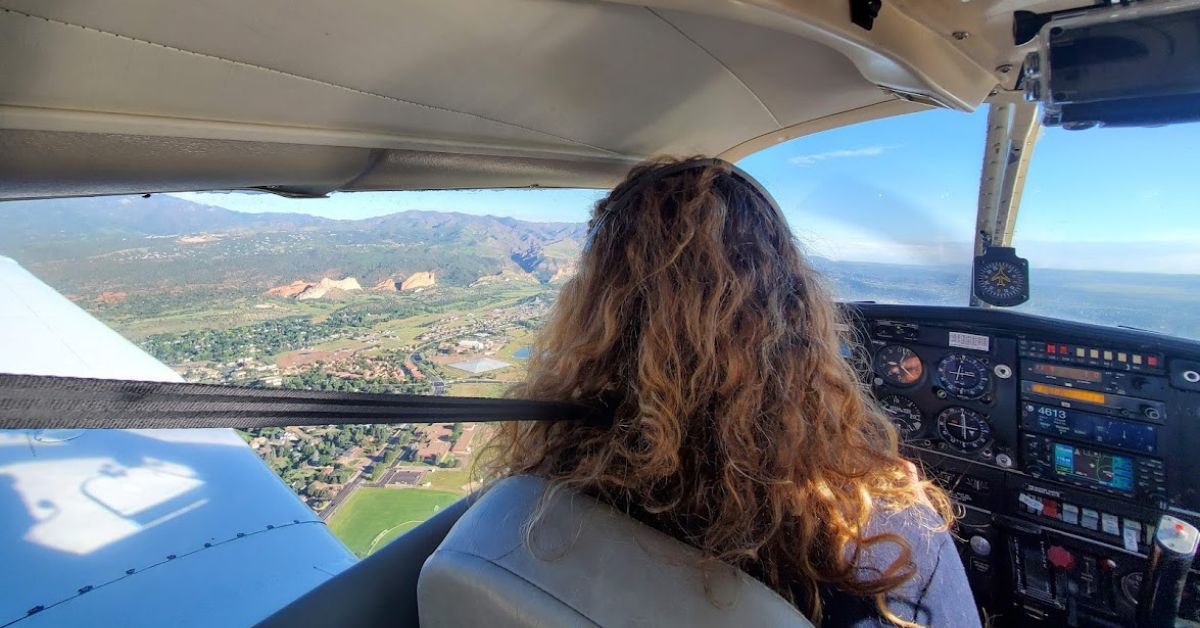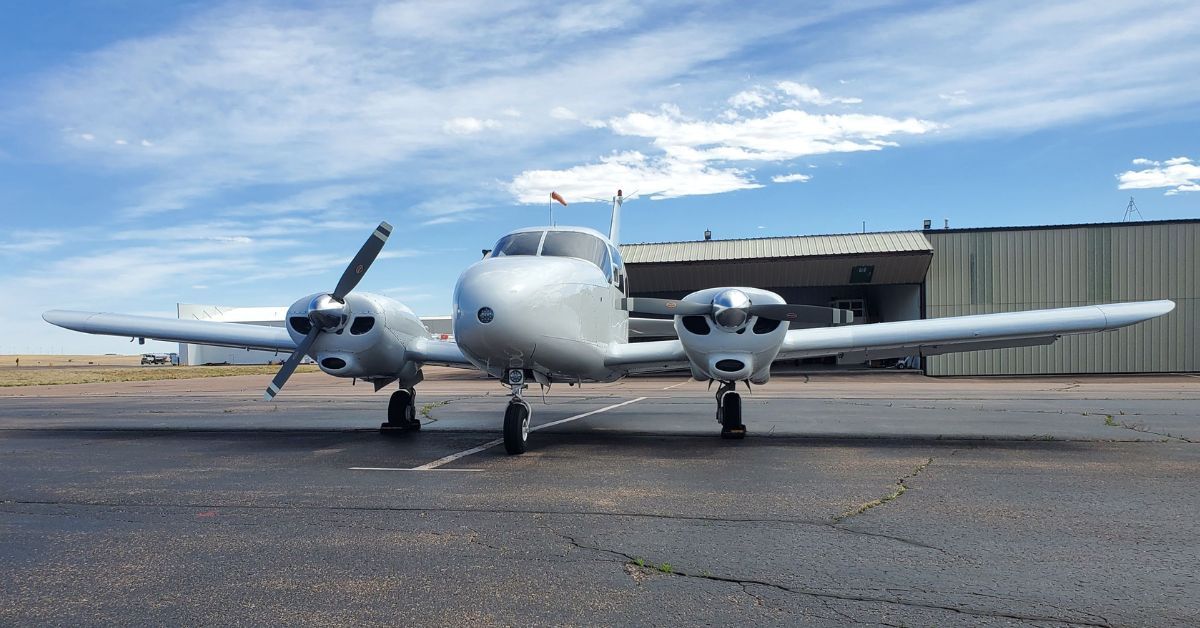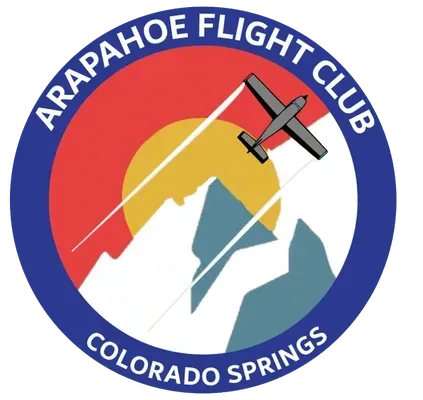How Long Does It Take To Become a Pilot?
Becoming a pilot is more than just a career choice for many; it’s a gateway to freedom, exploration, and the fulfillment of a childhood dream. The question that often arises for aspiring pilots is, “How long does it take to become a pilot?” This walkthrough seeks to answer that question, offering a detailed roadmap to help you navigate your path to the cockpit. Learn more about the road to becoming a pilot today to ensure you can set your expectations accurately.
Understanding the Basics
Understanding the different types of pilot licenses available is essential before embarking on this exciting journey, especially if you want to know how long your career path will take. Each license serves a unique purpose and requires varying levels of training and commitment.
The most common licenses include the Private Pilot License (PPL), the Commercial Pilot License (CPL), and the Airline Transport Pilot License (ATPL). The PPL is often the first step for many aspiring pilots, allowing them to fly for personal enjoyment but not for compensation.
In contrast, the CPL opens doors to professional flying, enabling pilots to receive payment for their services. The pinnacle of pilot licensing is the ATPL, which is necessary for those aiming to captain large commercial aircraft.
The minimum requirements for each license vary, and you must thoroughly understand them before beginning your training. For instance, aspiring private pilots must be at least 17 years old and have a minimum of 40 flight hours—both dual and solo time.
Commercial pilots must be at least 18 years old and have a minimum of 250 flight hours—dual and solo time. Meanwhile, ATPL candidates must be at least 23 years old, with a wealth of experience—often around 1,500 flight hours.
Understanding these requirements will help you set realistic goals and timelines for your training.

Becoming a Pilot
Beginning your flight training is an exhilarating experience and the first step on your path to becoming a pilot.
You can find flight schools readily available to provide various licenses. For example, Arapahoe Flight Club’s commercial pilot license training aims to make the path to success more accessible for aviation enthusiasts.
Enrolling in a reputable flight school is crucial, as it is where you will learn foundational aviation skills. Your training will cover an array of essential knowledge and skills, from pre-flight checks to in-flight maneuvers.
The timeline for becoming a pilot can vary significantly based on several factors.
Depending on the license you want, your career path can take as long as a year to accomplish, but knowing the answer lies in clear communication between you and the flight school. Discuss the ways they can accelerate your career path to ensure you can accomplish your goals in a comfortable amount of time.
Preparing for Your Career Path
Pursuing an ATPL may require additional years of flight experience and training. However, these estimates depend heavily on individual circumstances and the frequency of training sessions.
Regular, consistent training can expedite the process, while sporadic attendance may prolong it. Balancing time, finances, and dedication is key to a successful pilot training experience.
Obtaining a pilot license is a significant commitment, both in terms of time and financial investment. Flight training can be costly, with expenses covering flight hours, instruction, and materials.
It’s important to budget for these expenses and explore potential funding options your flight school may offer, such as scholarships or financing plans. Getting the resources for your budget may add more time to your career path, so take this prep stage into account.
Factors Affecting the Timeline
As we briefly mentioned above, several variables can impact your pilot training’s duration, and being aware of these factors can help you plan accordingly. Training frequency is perhaps the most significant variable.
Consistent training sessions are ideal for making steady progress and retaining information.
Weather conditions are also crucial to consider, as adverse weather can lead to cancellations and delays, particularly during initial training phases.
Personal proficiency and learning pace are unique to everyone. Some students may grasp concepts quickly, while others may require additional time and practice.
Patience and persistence are important to maintain throughout the process, as everyone learns at their own pace. Additionally, choosing the right flight school and instructor can influence your timeline.
Carefully evaluating schools, visiting campuses, and speaking with current students can help you find an institution that aligns with your learning style and goals.

Gaining Experience and Advancing
After earning your pilot’s license, the next step involves gaining experience and advancing your career. Building flight hours is a critical component for aspiring professional pilots.
Each flying career path has specific experience requirements, and meeting these is essential for progression. For instance, airline pilots must accumulate substantial flight hours before qualifying for higher positions, such as captain.
Continuous training and education are key elements in a pilot’s career. Staying updated with industry advancements and new technologies ensures you can handle the evolving aviation landscape.
Additional certifications, such as instrument ratings or multi-engine ratings, can enhance your skills and open doors to new opportunities. Many pilots choose to specialize in a particular area, such as cargo transportation, charter flights, or flight instruction, each requiring specific expertise and training.
Simply put, your journey to becoming a pilot doesn’t stop once you get your first license. You can follow many different aviation pursuits over your lifetime, which is part of the thrill of stepping into this industry.
Spread Your Wings
Ultimately, the timeline to become a pilot varies based on numerous factors, from individual learning pace to external circumstances, such as weather conditions. Yet, the pursuit of this dream is a rewarding endeavor, offering a unique blend of technical skill and the thrill of flight.
The path to piloting is not just a career choice for those captivated by the skies but a lifelong passion. Remember that each flight hour brings you closer to your goal, whether you’re taking your first steps into aviation or contemplating a career change.
Knowing how long it takes to become a pilot is just the beginning.
Continual learning and engagement with fellow enthusiasts will help you stay motivated and informed throughout your aviation journey. The skies await those ready to turn dreams into reality. Fly confidently toward your future as a pilot with Arapahoe Flight Club!
